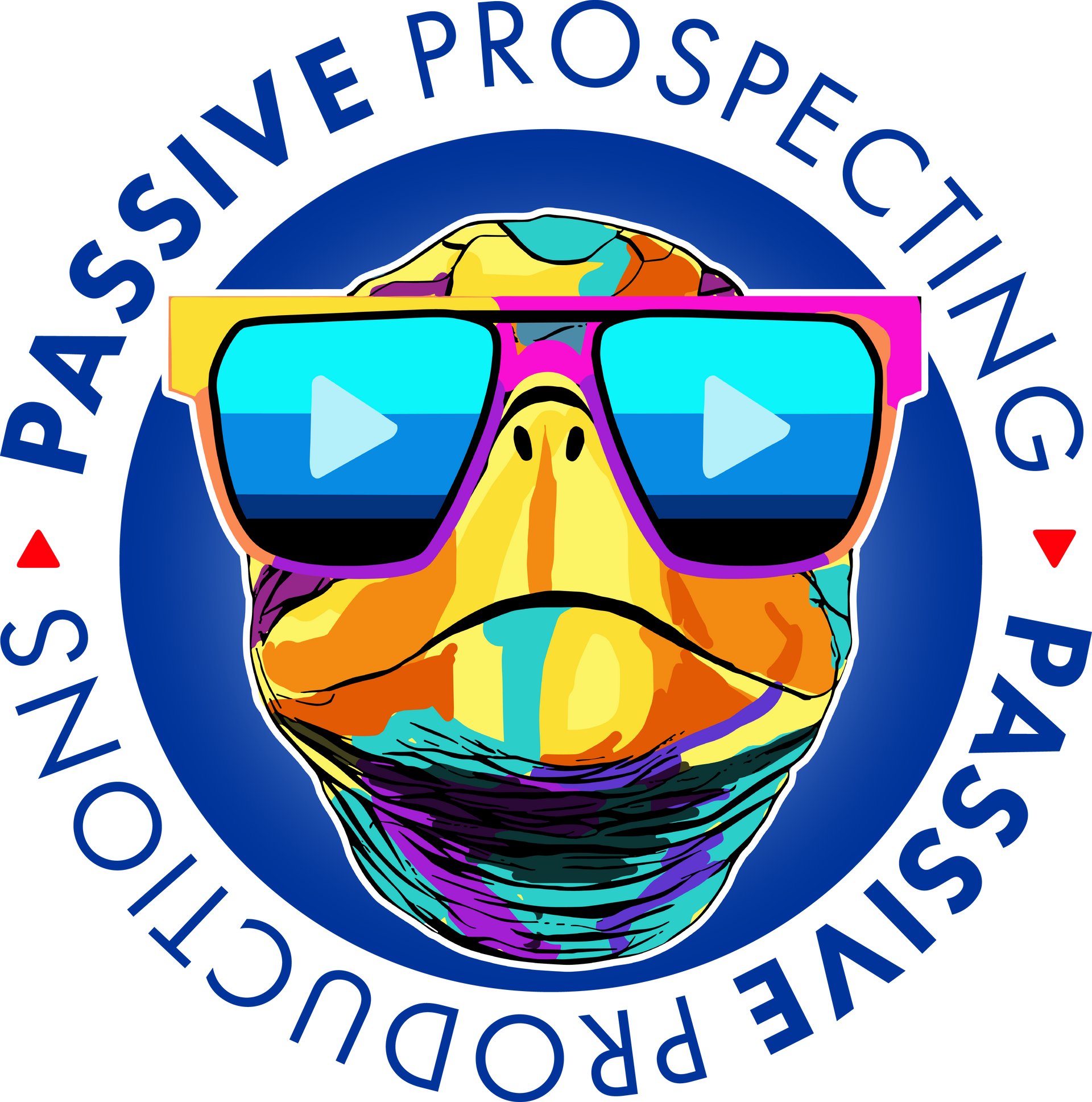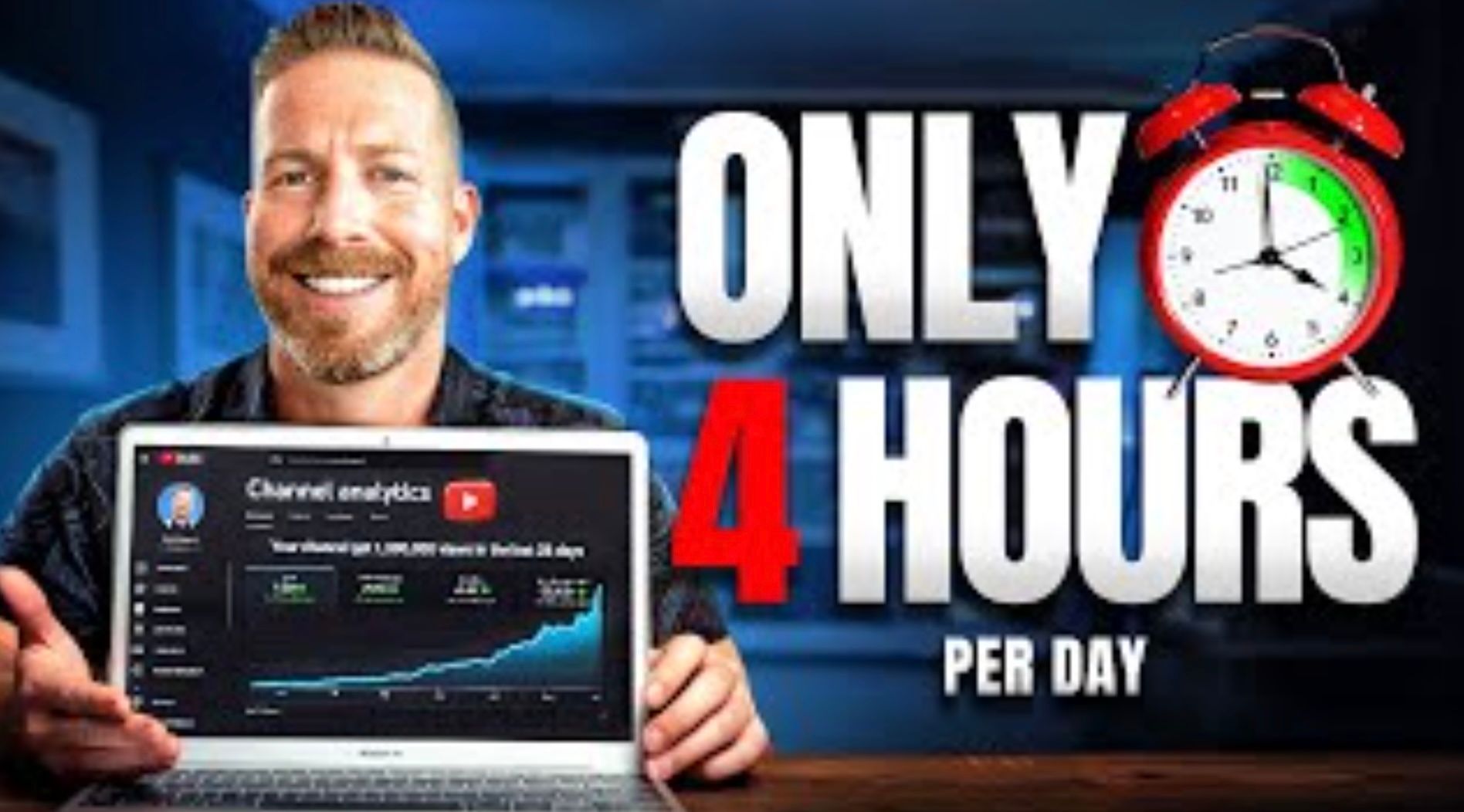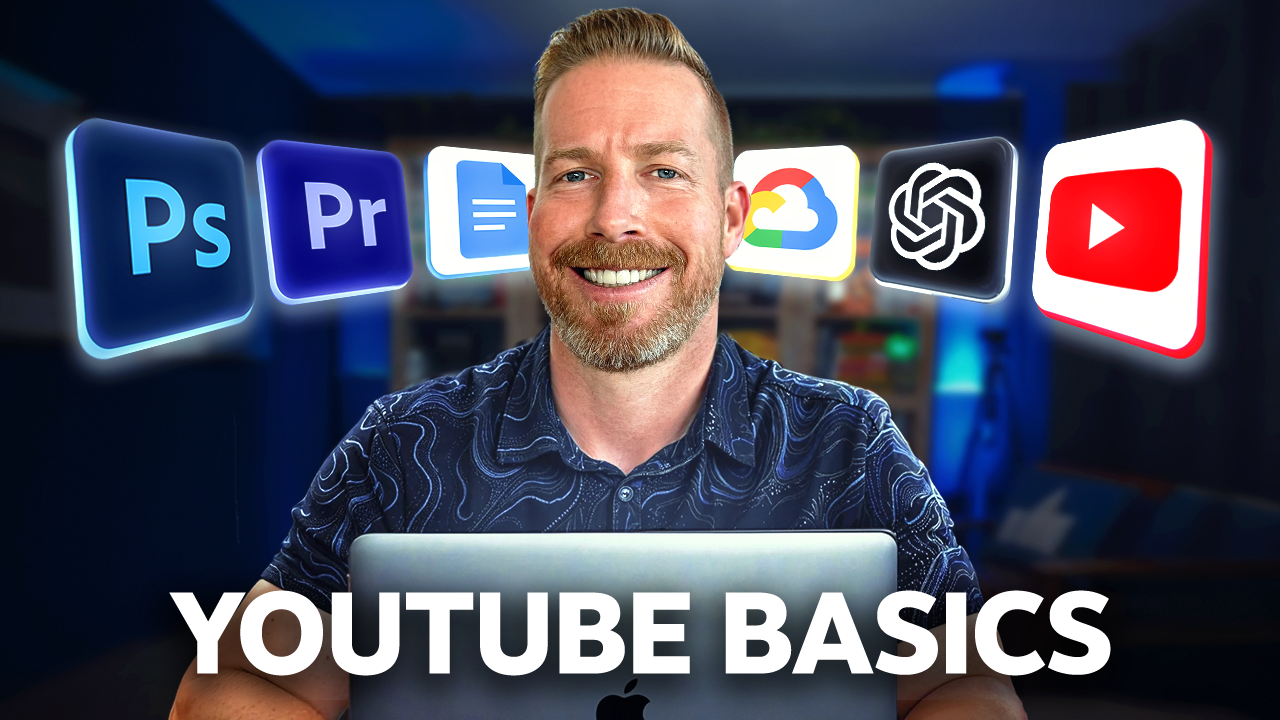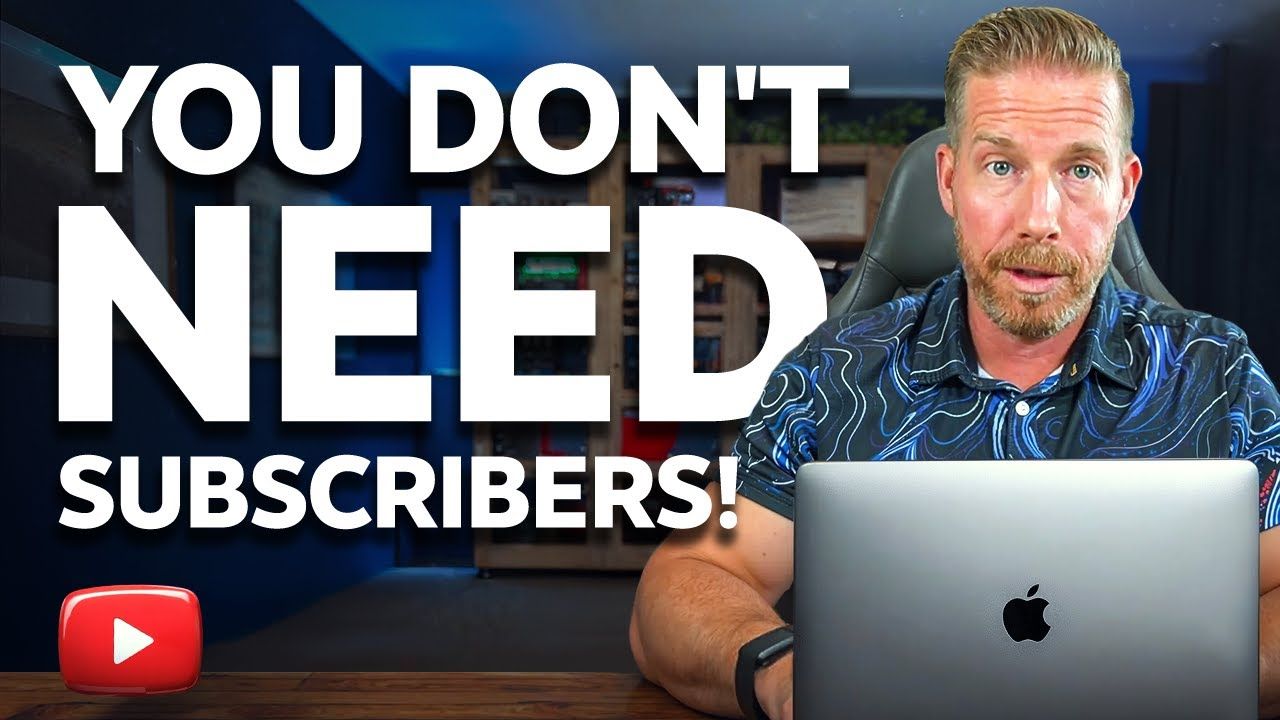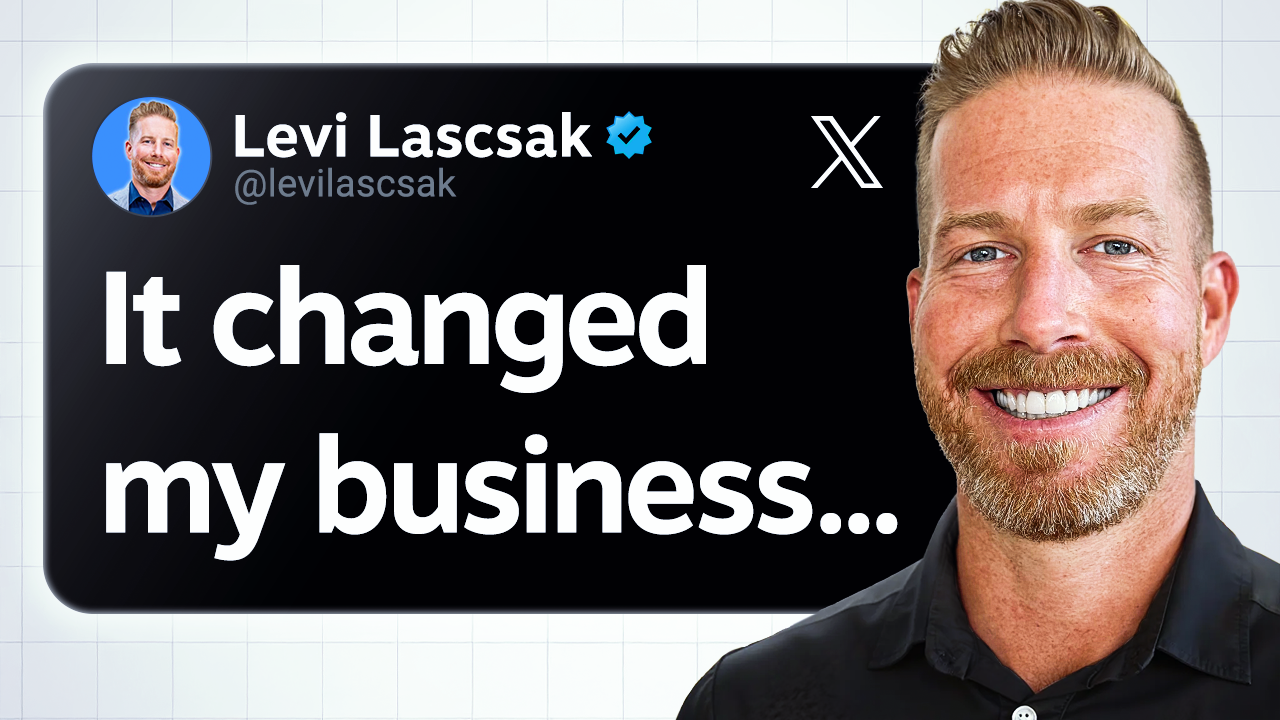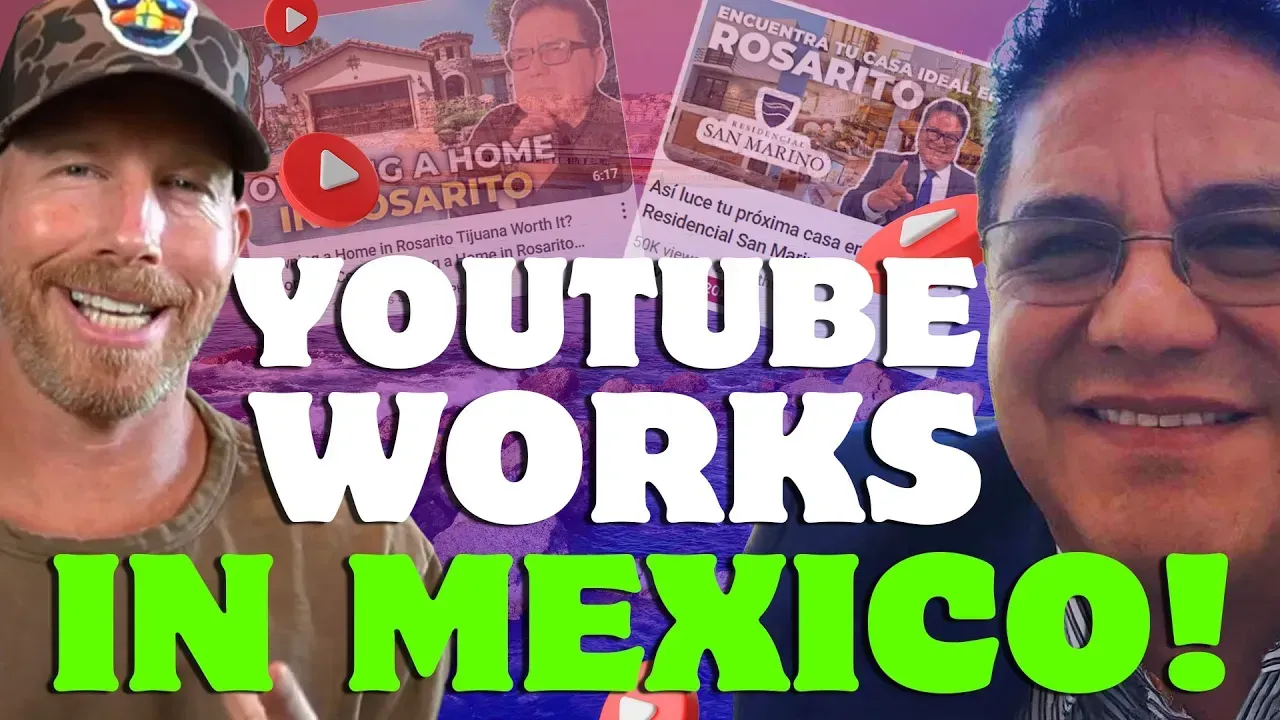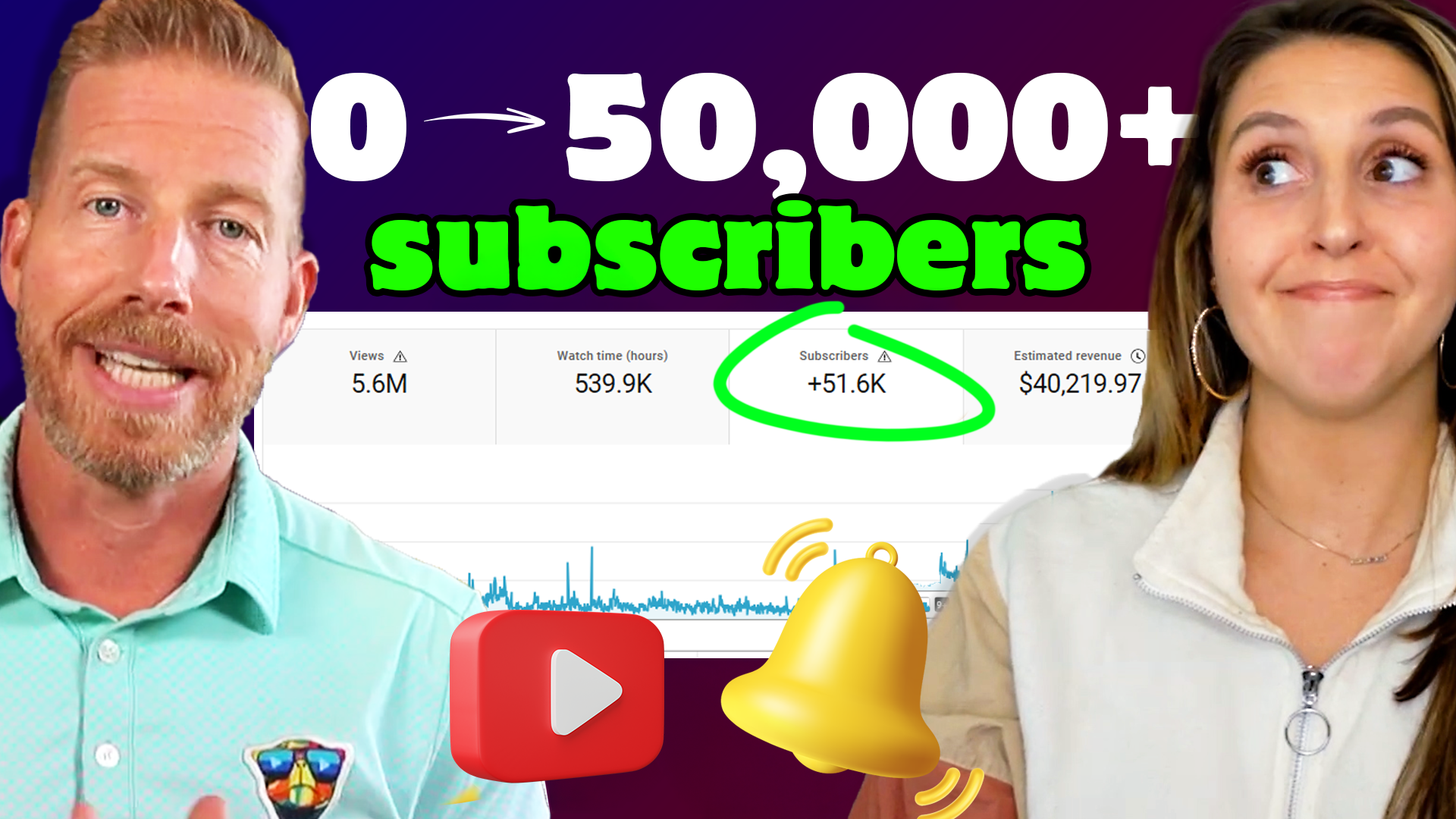⚠️ MAJOR YOUTUBE UPDATE!⚠️ YouTube Demonetization Policy EXPLAINED
YouTube has recently updated its content policies, taking a firm stance against AI-generated content that lacks human value and originality. This significant change aims to improve the user experience and combat the overwhelming influx of AI-created videos—particularly in the YouTube Shorts ecosystem.
The platform’s decision stems from the realization that a substantial portion of YouTube Shorts—up to 42%—were being generated by AI. This led to skewed analytics and a diminished user experience. The policy shift underscores YouTube’s commitment to fostering a platform where genuine human creativity and authentic engagement are prioritized.
Key Aspects of the New YouTube Policy
1. Emphasis on Human-Led Content
YouTube is now actively seeking and promoting content that demonstrates a clear human touch. If a large percentage (e.g., 80–90%) of a channel’s content is found to be AI-generated without substantial human input, that channel risks demonetization.
2. Tackling AI Content Overload
While AI-generated Shorts have contributed to rising view counts, they’ve also created a spamming effect that negatively impacts platform quality and analytics. This new policy aims to restore balance and elevate user experience.
3. Value and Authenticity Are Paramount
YouTube will use a combination of AI tools and human reviewers to evaluate content. Content that fails to deliver genuine human-led value will be both de-prioritized in the algorithm and demonetized.
Learn more about YouTube’s monetization standards from their official YouTube Partner Program Policies.
What Content Will Be Affected?
YouTube’s new policy is designed to target content that is considered low-quality or lacking original human insight:
Low-Value AI Content Includes:
- Reaction videos without meaningful human commentary
- AI storytelling without unique human creativity
- Recycled slideshows or minimally edited content with no added perspective
Mass-Produced Content Will Suffer
Business models that focus on high-volume, low-effort content generation purely for monetization are at serious risk. Many creators relying heavily on AI for Shorts may see a significant drop in income.
For an example of AI-generated content practices to avoid, visit Google’s Search Quality Evaluator Guidelines.
How Can Creators Adapt?
Here’s how creators can align with the new direction YouTube is heading:
1. Use AI as a Creative Enhancement Tool
AI can assist in ideation or production, but it should not replace human insight. Content enhanced by AI and layered with thoughtful human commentary is still compliant.
2. Focus on Original Storytelling
Creators should prioritize unique perspectives and authentic storytelling. Channels with compelling narratives from a human viewpoint are more likely to see higher engagement and visibility.
3. Add Human Input to Scripts
Even if AI helps structure or draft scripts, creators must inject their own thoughts, experiences, and voice. YouTube is developing tools to detect AI-generated scripts, and channels lacking human input may face demonetization.
4. Rethink Faceless Content
Channels that rely solely on voiceovers and stock B-roll footage may come under greater scrutiny. However, if the content remains valuable, original, and well-structured, it can still succeed.
If you're unsure how to audit your content, platforms like Channel Studio offer tools for optimizing YouTube strategy while maintaining compliance.
Conclusion
YouTube's updated demonetization policy represents a turning point in digital content creation. By putting human creativity and authenticity at the forefront, YouTube aims to elevate quality and user engagement across the platform. For content creators, the takeaway is clear: use AI as a tool, not a replacement. Focus on quality over quantity, originality over automation, and real value over quick gains.
For creators looking to stay ahead of these changes, explore the full
YouTube Community Guidelines and make sure your content aligns with these evolving standards.

